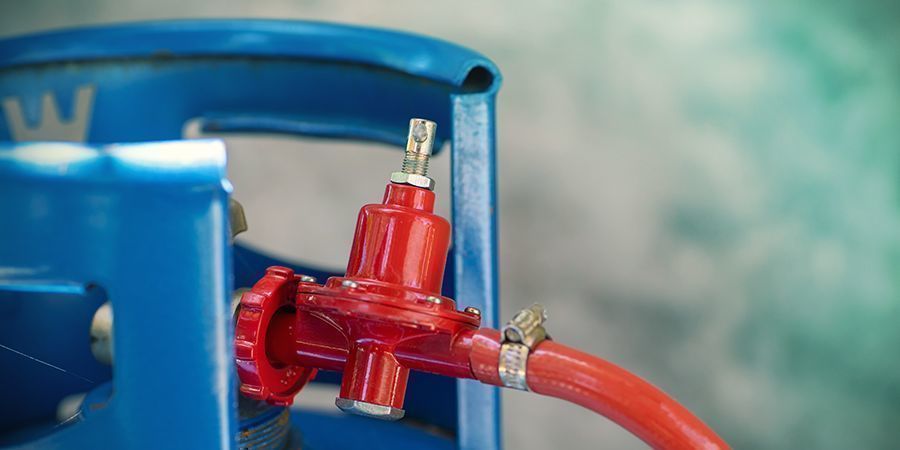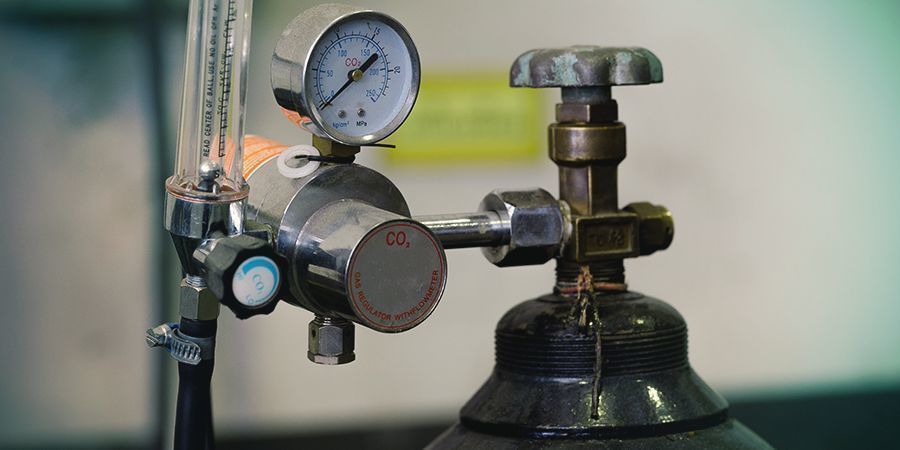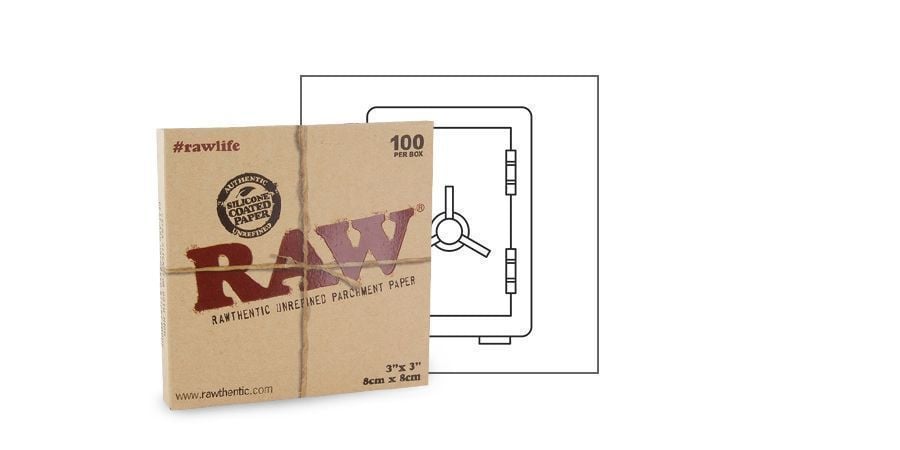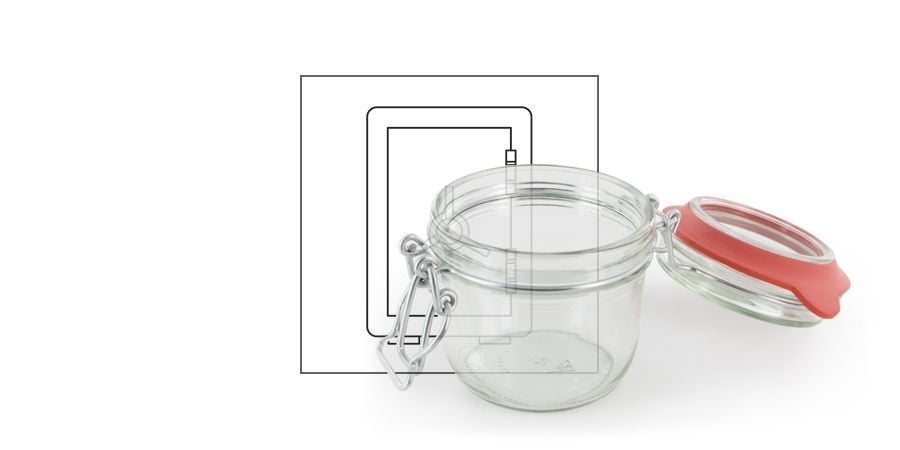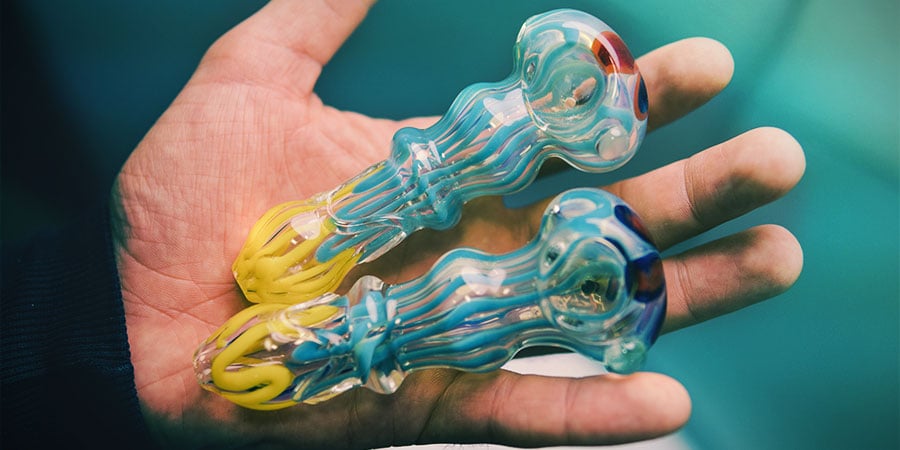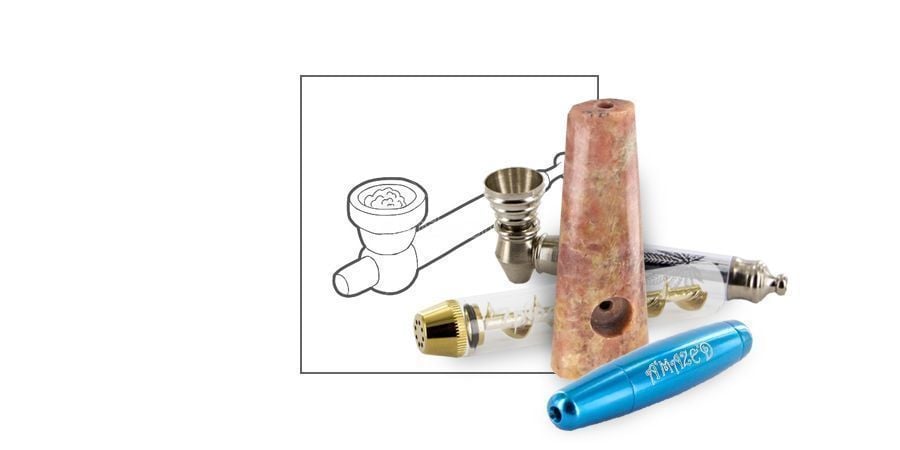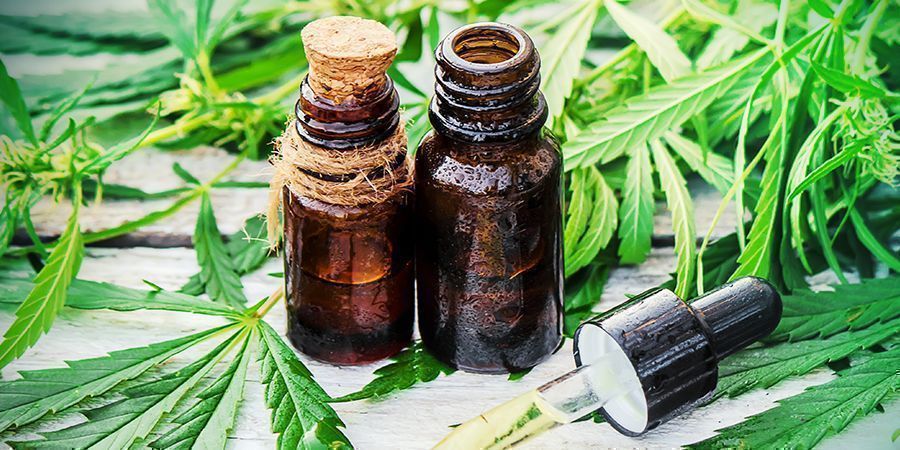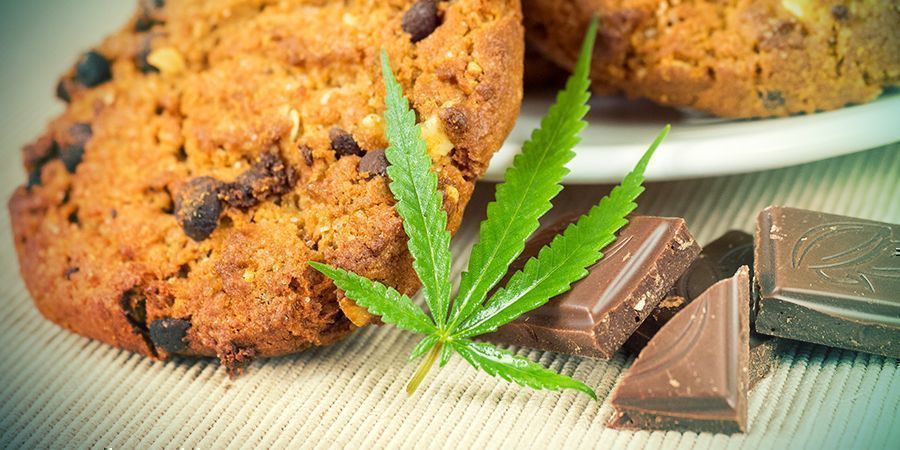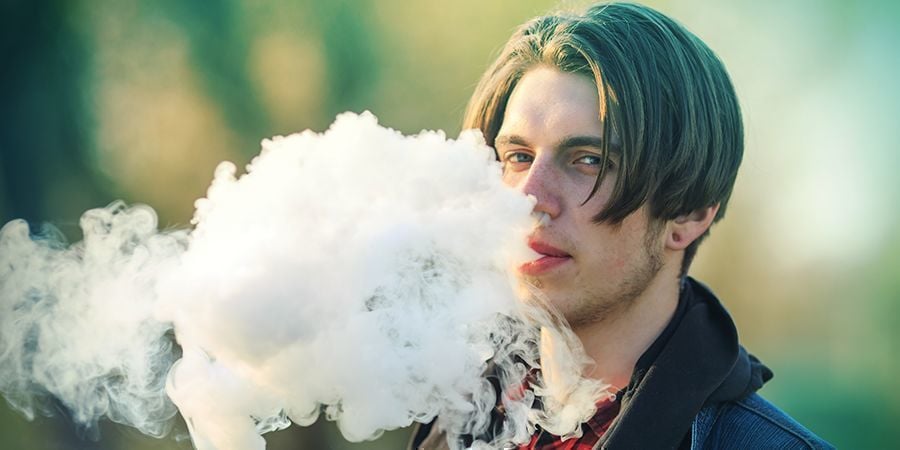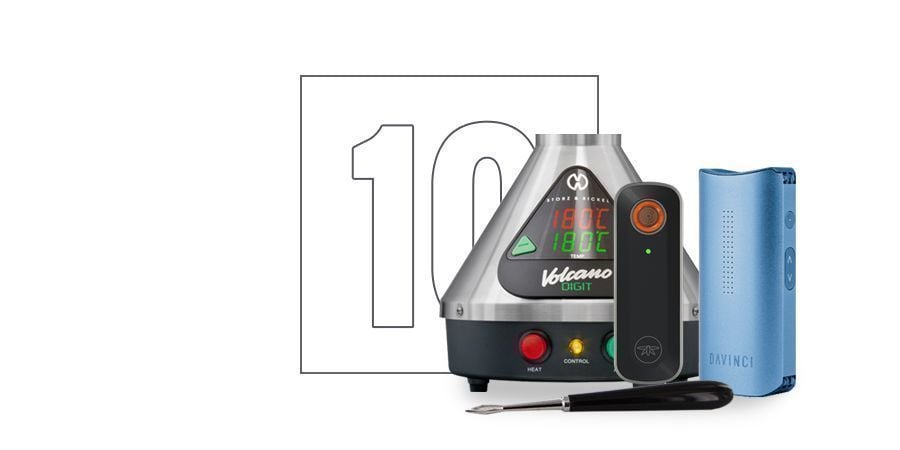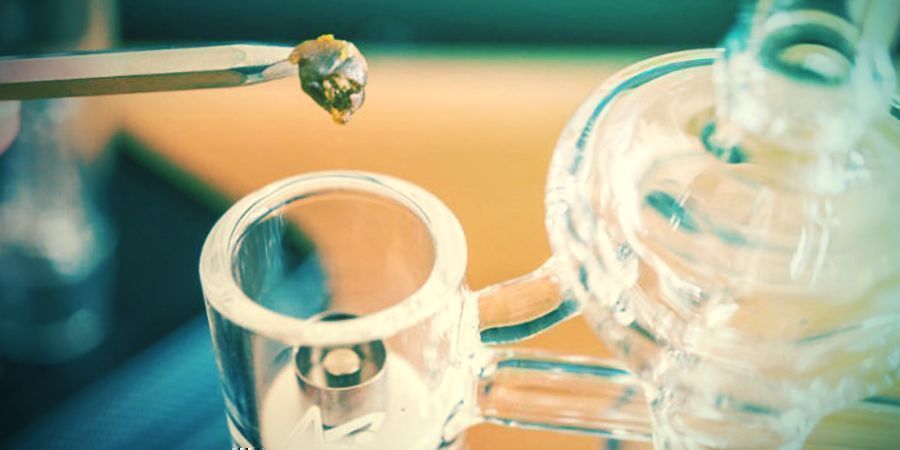The Ultimate Guide To Cannabis Concentrates
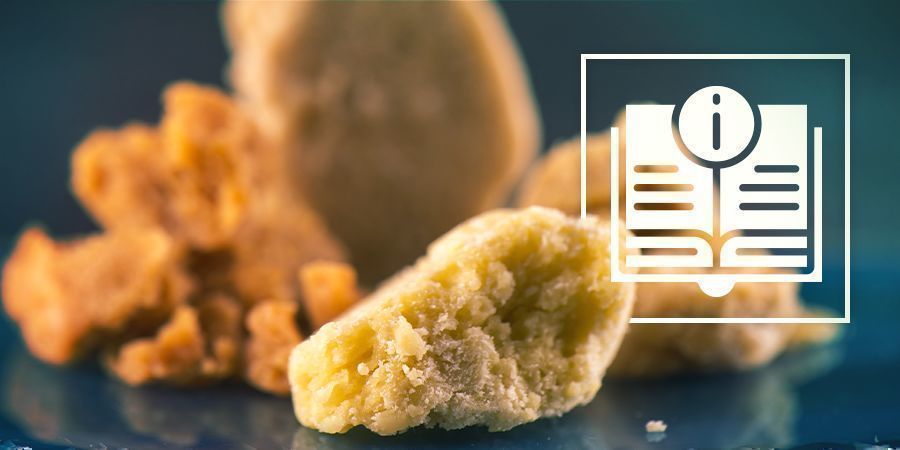
Welcome to our comprehensive guide to cannabis concentrates. Cannabis concentrates are products which contain greater concentrations of cannabinoids and terpenes than the raw cannabis flower.
Originating in ancient China and India, concentrates have been popular for thousands of years. Recently, the technology for making concentrates has taken a massive leap forward, and they’re currently experiencing a cultural renaissance.
CONTENTS:
THE BASIC PRINCIPLES OF CONCENTRATES
To understand concentrates, we need to know some basics about the psychoactive elements in cannabis. Concentrates take these and separate them from the rest of the plant.
-
CANNABINOIDS
Cannabinoids are chemical compounds which act on the endocannabinoid system of the human body and brain. Scientists have succeeded in isolating 113 different cannabinoids in the cannabis plant. Notable cannabinoids include THC, which is the dominant force responsible for cannabis’ famous high, and CBD, which is responsible for many of cannabis’ remarkable health properties. The profile of any particular cannabis plant is in large part determined by its composition of cannabinoids.
-
TERPENES
Terpenes are a class of organic compounds which occur naturally in insects and plants. They produce a strong odor, which likely helps protect plants by deterring herbivores and attracting the predators of herbivores. Over 120 terpenes have been found in cannabis. Terpenes give particular cannabis strains their flavour, and can enhance and modify their medicinal and psychoactive effects. An ideal concentrate will succeed in isolating and preserving both a plant’s cannabinoids and its terpenes.
-
TRICHOMES
The cannabis plant’s cannabinoids and terpenes are found and produced in its trichomes. Trichomes are the white crystalline “fuzz” found on the surface of the plant’s buds. They’re also what makes cannabis sticky to the touch. The word “trichome” comes from the Greek for “growth of hair.” On cannabis plants, trichomes likely play a defensive role, helping the plant ward off the elements, and helping to defend it against insects. Trichomes are crystalline in appearance, but when manipulated, their inner resin is released and they become sticky. They’re the most abundant on the calyx of the cannabis plant.
Cannabis plants contain two main divisions of trichomes: glandular and nonglandular. The glandular trichomes produces cannabinoids and terpenes and are subdivided into three types: bulbous, capitate sessile, and capitate-stalked. Bulbous trichomes are the smallest, ranging from 10–30 micrometers in size, and are spread over the surface of the plant. Capitate sessile trichomes are next up in size, but still typically require a microscope to be seen; they typically appear on the bottom of sugar and fan leaves. Capitate-stalked trichomes are the kind we’re most interested in; they’re abundant on the cannabis flower and at 50–100 micrometers, can easily be seen with the naked eye.
DIFFERENT KINDS OF CONCENTRATES: SOLVENT VS. NON-SOLVENT
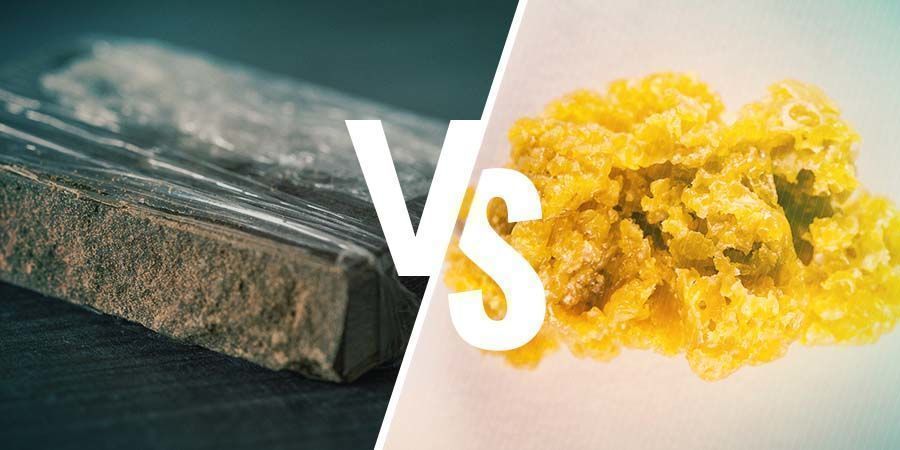
The biggest distinction between concentrates is that between extract and non-extract concentrates. Hash is an example of a popular non-extract concentrate. Extracts are concentrates that use a solvent to remove the desired product from the cannabis plant. Extracts are further subdivided based on solvent used, and the consistency of the final product. Popular extracts include budder, wax, and shatter.
Concentrates represent a vast category of diverse products. Preparation and even ingestion will depend on which kind of concentrate you choose to make. The first choice you’ll face is whether you’re going with a non-solvent or solvent-based concentrate.
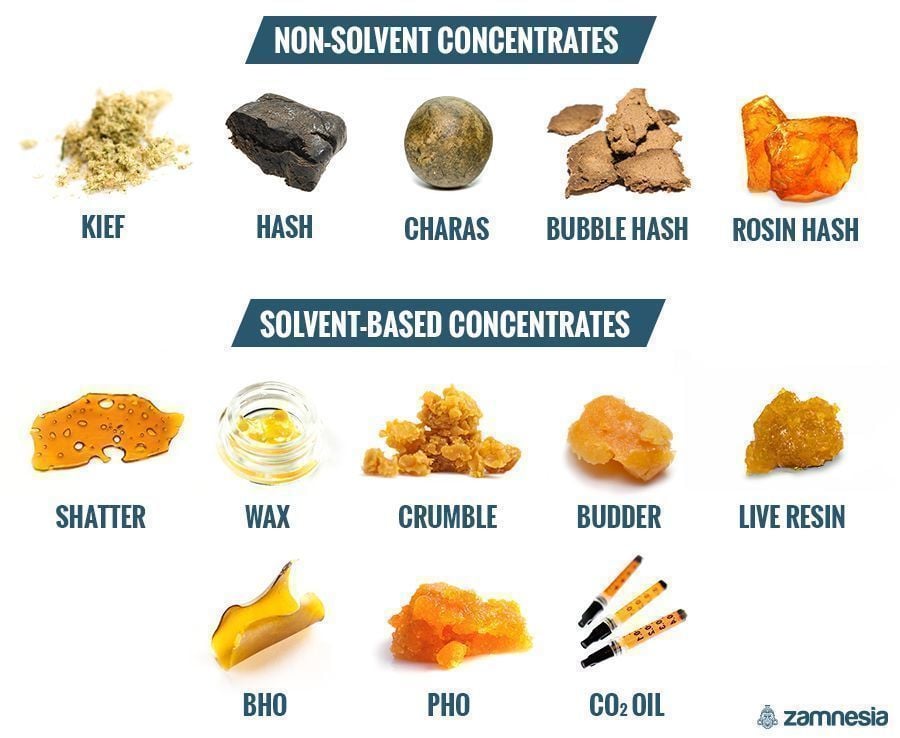
1. NON-SOLVENT CONCENTRATES
Non-solvent-based concentrates are exactly what they sound like: they’re concentrates produced without the use of solvents, through heat and pressure alone. In other words, they’re not extracts. One confusing detail is that in the world of cannabis concentrates, unlike in your chemistry class, water is not considered a solvent. Therefore, concentrates which use water in their preparation are not considered extracts.
Kief
The simplest kind of concentrate is kief. Kief is the collection of trichomes which are separated from the cannabis flower. Trichomes are easily dislodged, and so kief can be produced unintentionally, as the cannabis flower rubs against the side of whatever container it’s being stored or manipulated in. To take advantage of this process, you may want to invest in a grinder with a kief-catcher, so that these loosened trichomes don’t go to waste.
Kief can also be made intentionally, by gently shaking cannabis flowers over a fine sieve, and then scraping off the kief. Before doing this, it’s best to place your cannabis flowers in the freezer for a few hours, as this will help loosen the trichomes. If you have the budget, a pollinator with a revolving drum is an easy way to automate this process.
You can also make kief using the blender method: place your cannabis flowers in a blender, and cover them with ice water. Blend well, and let the mixture sit for half an hour. After that, drain the mixture into a jar through a silk screen. This will separate the water and kief from the other plant materials. Once this step is done, strain the kief-water through a coffee filter to separate the kief and the water. After this is done, squeeze out the coffee filter, spread your kief out, and let it dry.
HASH
Hash is kief that has been compressed. This further increases the density, and thus potency, of those desirable trichomes. Hash is a classic, but it continues to be a much-beloved concentrate around the world. It’s still the most popular way to consume cannabis in Europe, though in North America smoking the flower still leads.
One way to make hash is with the shoe method. Wrap your kief tightly in cellophane, and place it in a plastic bag. The bag should be airtight, and without air bubbles. Place it in the heel of your shoe and walk around on it. The heat and pressure will do the trick in about 15 minutes, but you may want to leave it in for longer to get a higher concentrate.
Another method is to use a pollen press to compress your kief into hash. This method uses nothing but elbow grease, and will allow you to produce your very own hash pellets for cheap.
The best hash, however, is the result of both heat and pressure. One strategy is to take your kief and wrap it tightly in organic cellophane or parchment paper. Run it under warm water, then place in an oven heated to 175°C for ten minutes. Take it out and either roll it with a rolling pin, or use the pollen press to apply pressure. This process can be repeated several times to increase concentration.
Another option is to wrap your kief as above, and then to press it down with a wine bottle filled with hot water. Note the colour of your kief—if it changes quickly upon contact with heat, it means you won’t need to work it as hard to compress it. If it takes 30 seconds to change colour, you’ll need to use more strength.
CHARAS
Charas is similar to hash. The main difference is that charas is made from live, fresh cuttings, while hash is made from dried cannabis flowers.
Charas is popular on the Indian subcontinent, and is typically sold in balls or sticks. It’s smoked using a chillum, a kind of pipe that’s popular among Hindu monks. Charas is venerated by many Hindu sects who consider Lord Shiva to be the supreme god, with some considering charas to be on of Shiva’s aspects. When charas is produced by professionals, it can come out smooth and shiny, looking like a glass marble.
Charas is made using the hand rolling method. First, you wash your hands using an unscented soap. Then, take fresh buds from your favorite strain and slowly work it between your fingers. You want to apply enough pressure to remove the resin, but not enough to lose any. Once you’ve cleaned out the buds, discard them and continue rubbing your hands together until the resin forms a ball or stick. This is your charas hash.
BUBBLE HASH
One method that’s gaining in popularity is the strategy for making “bubble hash.” Bubble hash uses water in the concentrating process, but since water isn’t considered a solvent, bubble hash is not considered an extract.
To make bubble hash, your cannabis flowers are placed in a bucket filled with water and ice cubes, where they are then agitated and made to pass through several layers of filters. Bubble hash can also be made with a washing machine. More detailed instructions can be found here. Bubble hash is prized for its high levels of quality and purity, and low potential for contamination.
The “bubble” in “bubble hash” refers to a popular metric for gauging the quality of different forms of hash. High-quality hash is supposed to melt and bubble when smoked, indicating material composed of pure trichome resin. If hash burns when exposed to heat, it’s a sign that it contains non-trichome plant material.
ROSIN HASH
Rosin hash is fast becoming another favorite. With rosin, the resin is extracted from the raw flowers directly. It’s said to produce a product very similar to Butane Hash Oil, but without the use of the controversial butane.
To make rosin hash, you’ll need a hair straightener and parchment paper. Fold the bud in parchment paper, and turn on the hair straightener. When the straightener reaches around 160ºC, place the parchment-wrapped bud inside and squeeze. You’ll want to wear oven mitts or use a towel to protect your hands. After a few seconds, release the straightener and open the parchment paper. Keep in mind: higher temperatures and more pressure will vaporize terpenes and cannabinoids, thereby wasting them, but will produce higher yields. Unwrap the parchment paper, and you’ll find the inside lined with sticky drops of amber-coloured rosin hash. If you’re having a hard time separating it from the parchment paper, place the paper in the freezer for a few hours and it’ll come right off. You can use the remaining bud to make cannabutter.
2. SOLVENT-BASED CONCENTRATES
Before we dive into the world of solvent-based concentrates, it’s important to know: what is a solvent? As you may remember from chemistry class, a solvent is a liquid that dissolves a solid, producing a liquid solution. In the cannabis world, common solvents are alcohol, butane, propane and CO₂. As mentioned above, water is not considered a solvent. Solvent-based concentrates are called extracts, and are also referred to as hash oils.
Extracts are often classified according to their consistency (wax, shatter, budder), but this consistency isn’t linked to any particular extraction method. The same extraction method with the same starting material can produce several different consistencies, depending on how to extractor dried and set the end product. As we’ll see, extraction method and starting material are more important indicators than consistency in determining the quality and nature of the extract.
SHATTER
As the name suggests, shatter has a hard, glass-like consistency. It’s often transparent, but contrary to popular belief, transparency is not an indicator of purity. Shatter with a soft, fluid consistency is called sap, and shatter that’s stretchy like taffy is called pull-and-sap.
To make shatter, follow one of the extraction processes described underneath, and avoid all unnecessary agitation or movement of the extract while making it to preserve its glass-like appearance.
WAX
Wax is a general category which refers to all extracts of a soft, non-transparent nature. The difference between waxes and shatters often has less to do with composition, and more to do with how much the extract was agitated during the extraction process. A greater degree of agitation will result in irregular molecular densities throughout the extract, making it hard for light to pass through.
To make wax, follow one of the extraction methods described underneath, but agitate or whip the extract at some point during production. See the sections on crumble/honeycomb and budder for more specific instructions.
CRUMBLE/HONEYCOMB

Crumble or honeycomb are subtypes of wax with a brittle, crumbly texture. As with shatter and sap, the hardness of waxes can vary depending on moisture, temperature and terpene content.
To make crumble, follow the instruction to make wax, but allow for a longer purging period at a lower heat. This can preserve more heat-sensitive terpenes and result in enhanced flavour.
BUDDER

Budder refers to waxes with a creamy, butter-like texture. Budder is considered a good “beginner’s extract” as it’s easy to use and is more forgiving than shatter.
Budder can be produced from shatter when it’s whipped on a hot plate. The trick with budder is to whip it gently but vigorously for a long time while it’s still hot.
Keep in mind, consistency is more art than science, and it may take many batches to get the exact consistency you want. Even if you don’t have the perfect consistency, the concentrate is just as potent, and will work just as well.
LIVE RESIN

Live resin is a cutting-edge new method of extraction with exciting benefits for medicinal and recreational users alike. Live resin uses one of the extraction methods described underneath, often BHO, but uses cryogenically frozen flowers as starting material. This results in a far richer terpenes profile and a moister final product. The higher concentration of terpenes results not only in deeper flavours, but also in a greater range of health benefits.
The disadvantage of live resin is that it requires sophisticated lab equipment to carry out the freezing, often liquid nitrogen stored at a temperature of -196°C. This largely rules out the production of live resin in home-based production. Given the additional complications of the extraction process, live resin tends to be more expensive than other extracts. That being said, if consuming a concentrate rich in terpenes is a priority, you can’t do better than this.
BHO
BHO is short for Butane Hash Oil, and is used to make shatter, wax, budder and many other forms of hash oil. Though this material is popular, it’s known for being risky. BHO is made from butane, and as such, can be dangerous to make at home due to risk of combustion—more than a few home BHO operations have resulted in explosions. Buyers beware—homemade BHO may also contain contaminants.
PHO

- Similar to BHO regarding its production
- Terpenes are better preserved
- Dangerous to make at home
- Very buttery
- Induces a very intense high
PHO is similar to BHO, except that it’s made with propane (thus the name—Propane Hash Oil). Making PHO also carries risk of combustion, though PHO is considered to be at lower risk for contamination than BHO. PHO is generally cheaper than BHO.
For more information, check out our section on making BHO and PHO below.
CO₂ OIL
If you’ve used a vape pen, you’ve probably used a CO₂ oil. CO₂ oil is taking the world of industrial hash oil production by storm—it’s got many advantages over other methods of extraction, including a contaminant-free extraction process, high yields, and most critically, the opportunity to separate different cannabinoids and terpenes during the extraction process. CO₂ extraction uses supercritical CO₂ calibrated to different temperatures and pressures to isolate the exact combination of cannabinoids and terpenes the extractor is looking for.
What’s the catch? The main drawback to CO₂ extraction is that it requires expensive machinery and extensive lab expertise, meaning this method of extraction is beyond the reach of most home-based operations.
For more detailed information, check out our section below on CO₂ extraction.
HOW TO MAKE CANNABIS CONCENTRATES WITH SOLVENTS
There are several methods for extracting the more than one hundred cannabinoids, terpenes and other components in cannabis. By using different solvents like butane, CO₂, propane or alcohol, concentrates of varied potency and purity can be obtained. Most of these methods require expertise and special lab equipment. Highly flammable solvents, like butane or alcohol can create dangerous situations that require safety precautions. Below we discuss the most common extraction methods.
BUTANE EXTRACTION
BHO is one of the most popular methods of extraction these days, due to its high versatility and potency. Shatter, wax, budder and honeycomb can all be made with BHO. BHO is highly potent, and can reach concentrations of up to 90%.
BHO is made by placing cannabis flowers in a container with some kind of screen or mesh at one end, through which the flower can’t pass. Butane is pushed through the container and passes through the mesh, picking up cannabinoids and terpenes on the way. Butane is a non-polar hydrocarbon, so it’s great at picking up the nonpolar cannabinoids and terpenes while leaving behind polar molecules like chlorophyll. After the filtration process, the solution is placed in a vacuum oven so that the butane will evaporate, in a process also known as purging, leaving behind the coveted extract.
One disadvantage of BHO is the possibility of residual butane remaining in the end product. We don’t know how dangerous it really is to inhale butane, but two common additives used to thin it out, neopentane and hexane, are known carcinogens. Generally, professionally extracted BHO will have low levels of residual butane in the final product.
Another danger of BHO is the risk of inhaling plant cuticle wax. All plants are covered with a thin layer of cuticle wax—this is, for example, what makes bell peppers shiny. When smoking weed, this wax gets harmlessly burned away, but when vaping BHO, scientists believe that the cuticle wax is inhaled, where it can form deposits in the user's lungs called granulomas. Some BHO manufacturers are now removing this wax with processes like dewaxing and winterizing. The dangers of granulomas are still largely unknown. That being said, Many scientists believe that the high temperatures used in dabbing are sufficient to blast away this cuticle wax before it reaches the lungs.
A final danger of BHO is the extraction process. As evinced by your Bic lighter, butane is highly flammable, and not a few BHO home brewers have blown up their kitchens. BHO extraction is a dangerous process, and best left to the expert.
One final risk of BHO is in its potency. With this extract, some users find themselves experiencing a high more similar to LSD than that of the cannabis flower. A few have been known to hallucinate or freak out. With BHO, it’s wise to start with a low dose and move up.
The disadvantages of BHO are to a large extent offset by sourcing it from a reputable professional. We don’t recommend trying this extraction method at home—but if you can find high-quality, professionally made BHO, the benefits of trying it may well outweigh the risks.
PROPANE EXTRACTION
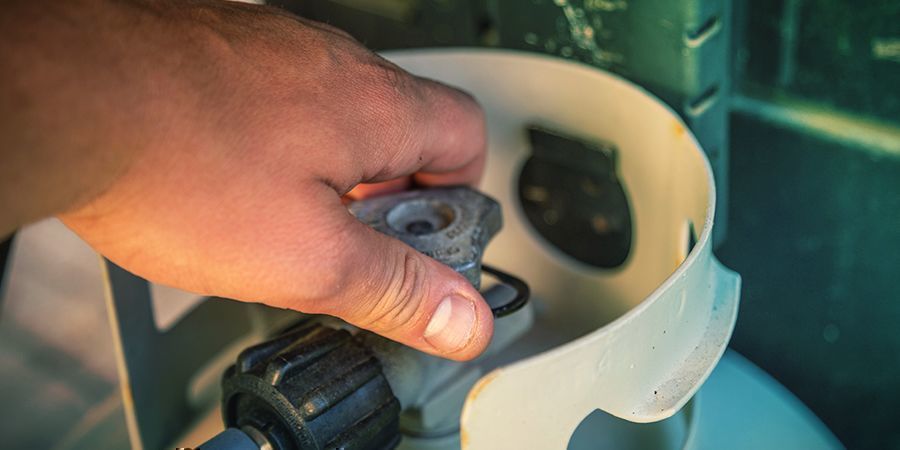
Propane Hash Oil (PHO) is made similarly to BHO, except that it uses propane instead of butane. Propane extraction requires higher pressure than butane extraction, thereby stripping away a different combination of materials from the cannabis flower. This can result in an extract which contains less cuticle wax, and where the terpenes are better preserved. Propane boils at a lower temperature than butane, resulting in lower necessary evaporation temperatures for propane. This results in a product of a more buddery consistency, and likely fewer contaminants. Propane is slightly more expensive than butane.
PHO, like BHO, is dangerous to make at home. Propane is highly flammable, and if the purging process is carried out by non-experts with sub-professional equipment, it can cause an explosion.
PHO will produce a more varied and terpene-rich but still very intense high when compared to BHO. The main disadvantage of PHO compared to BHO is that PHO is capable of less variation in consistency—you’re likely stuck with budder. Still, if you’re a flavour queen than PHO is a good choice. Make sure that when sourcing it—as with BHO—you go with a reputable source. Keep in mind that many commercial producers use a combination of butane and propane in their extraction process.
ALCOHOL-BASED EXTRACTION
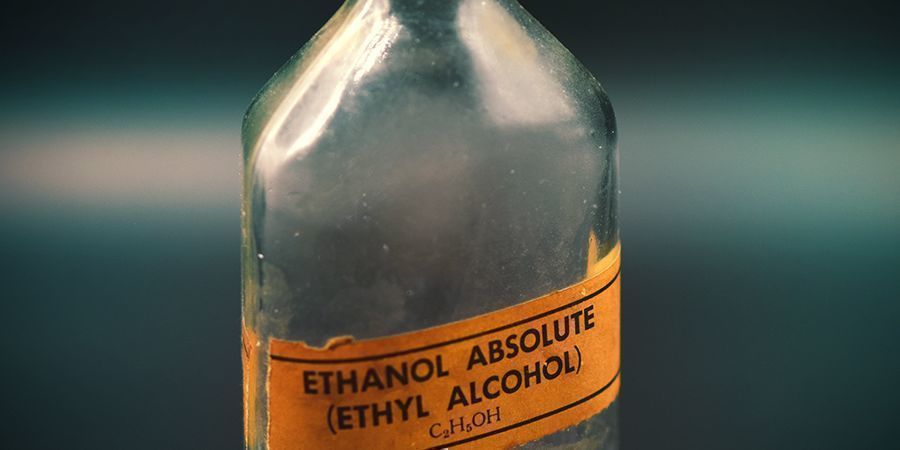
In alcohol-based extractions, the cannabis flower is placed in alcohol, which then leaches out cannabinoids and terpenes. The main challenge in alcohol-based extractions is that alcohol molecules are polar, allowing them to dissolve such water-soluble molecules as chlorophyll. Chlorophyll will make your extract taste like grass, which is a major downside for most dabbers.
There are steps the extractor can take to get around this. First, decide whether you’re going to use isopropyl or ethanol for your extraction. We recommend ethanol, as it’s nontoxic and free of contaminants.
To reduce the risk of dissolving plant material, and to increase the availability of desirable molecules, decarboxylate your weed before beginning the process (don’t grind it). This can be done by placing your weed in an oven-safe container and heating it to 106–120°C for 30–60 minutes. Next, place your ethanol and your bud, separately, in a freezer. Performing the alcohol extraction at low temperatures increases the likelihood of your extracting terpenes and cannabinoids rather than chlorophyll and other plant material.
Once your materials reach a temperature of -17ºC, remove from the freezer and cover your weed in 2–3 inches of ethanol. Stir gently to ensure all surfaces are covered. Let sit for three minutes, stirring occasionally, and then strain the plant matter, leaving the alcohol behind. It’s important not to leave the cannabis flower soaking for too long, as this will allow undesirable plant material to dissolve in the ethanol. You can dry out the plant material and use it for a second run of alcohol-extraction, or turn it into cannabutter.
Now it’s time to purge the ethanol. This can be done with professional filters, with meshes ranging from 25–40 micrometers, or it can be done with a simple coffee filter. Gather the filtered material in a pyrex tray, and cover with a shallow layer of water. Then, heat the tray to 70–80ºC and allow the solvent to bubble out. Once the large bubbles stop, filter again, and repeat the process. This time wait for the small bubbles to stop. You may want to repeat a third time. Once you’ve filtered out the water from your final extraction, you’ll have your alcohol-based extract.
As you may have gathered from the detailed instructions, this process can safely be performed at home. Keep in mind though that ethanol is still a highly flammable liquid, and should be stored in airtight containers and handled with care. Creating extracts with alcohol is an art, and the timing must be precise. It may take a few attempts before you get it right.
CO₂ EXTRACTION
CO₂ extraction is a new technology, and it is fast becoming on of the most popular methods for producing commercial cannabis extracts. CO₂ extraction produces a clean, high-quality product, with none of the contamination risks of BHO and PHO. CO₂ extraction will also blast away any mold or bacteria in the raw flower.
CO₂ extraction requires expensive equipment and lab training, and is likely not possible in a home extraction setting. The most common form of CO₂ extraction is called supercritical extraction, where the CO₂ is manipulated such that it enters a supercritical state, where it possesses characteristics of both a liquid and a gas. Subcritical CO₂ extraction occurs when the CO₂ is kept at below 31°C and remains in liquid form. Some producers claim that this lower temperature profile helps preserve terpenes.
Supercritical CO₂ extraction is used in many industries—it’s used to decaffeinate coffee, and isolate essential oils for perfumes. CO₂ has some useful properties which make it unique as a solvent for cannabis extracts: it’s abundant in nature, it’s one of the safest nonpolar compounds, it enters a supercritical state without having to exceed 32°C, thereby preserving the cannabinoid profile of cannabis, and, critically, its solubility changes with pressure, allowing it to extract a variety of desirable molecules from the cannabis plant.
During the extraction process, gaseous CO₂ is cooled in a chamber to -57°C and pressurized so that it becomes a fluid. When it’s reheated, with the pressure properly controlled, it will enter a supercritical state. Once it reaches this state, its pumped through the cannabis flowers, where it breaks open their trichomes and captures their precious contents. The supercritical solution is then pumped into a third chamber, where it’s subjected to a variety of temperatures and pressures to fractionate out the various cannabinoids and terpenes at their varying solubilities. Finally, the CO₂ is pumped into a fourth chamber, where it’s returned to a gaseous state and recycled back into the process in what’s called “closed-loop extraction.”
The main disadvantage to supercritical CO₂ extraction, aside from its necessarily expensive and professional nature, is that fragile terpenes can be destroyed in the process. Some manufacturers tout CO₂ extraction processes which combine subcritical and supercritical CO₂, thus supposedly preserving terpenes while still maintaining the full potency and efficiency of the supercritical process.
DIFFERENCE BETWEEN THE CANNABIS FLOWER AND CONCENTRATES
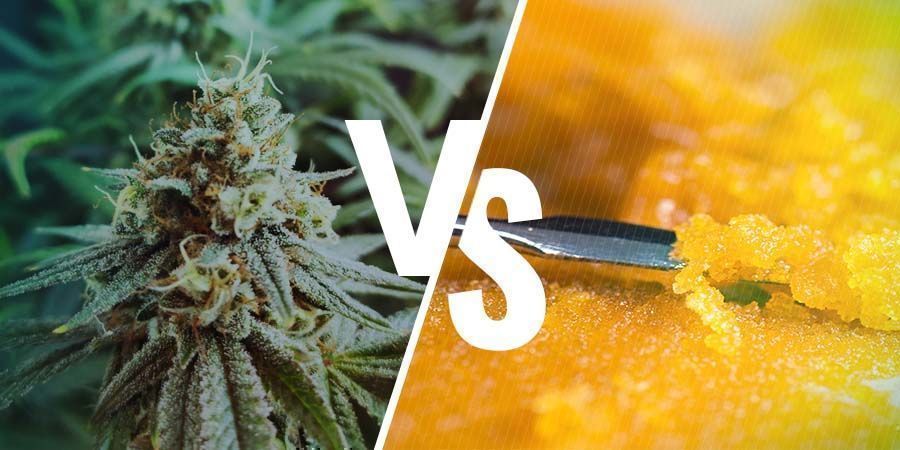
As mentioned above, the cannabis flower or bud is the raw plant material of the cannabis plant, whereas concentrates are the trichome material separated out and concentrated through heat, pressure, and the possible use of a solvent.
One of the biggest differences between cannabis flowers and concentrates is potency. Concentrates trump cannabis flower every time in this regard, as they remove everything but the highly psychoactive compounds. High-grade shatter or rosin can be anywhere from 50%–75% THC. Similarly, CBD extracts can be near pure CBD or a blend of both CBD & THC. Using concentrates, recreational consumers can get sky high with just one dab or vape.
The process of producing concentrates can often destroy the more sensitive and rare cannabinoids and terpenes. As such, the cannabis flower tends to have a richer flavour profile. Live extraction techniques show the most promise for preserving the full cannabinoid and terpene profile. Rosin is also often successful at preserving flavour.
HOW TO STORE YOUR CONCENTRATES
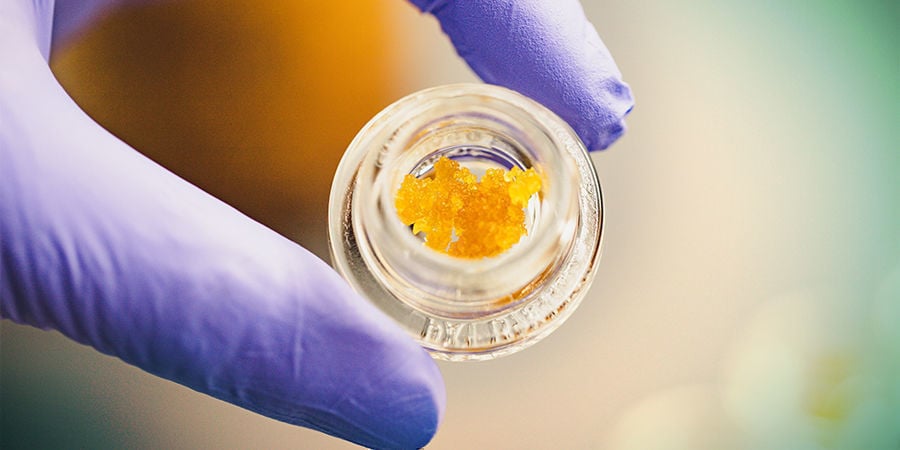
Much like with raw flowers, you need to store your concentrates properly if you want to maintain their quality. The way you store your concentrates will be determined by how long you plan to store it.
-
PARCHMENT PAPER
One short term storage option is simply to fold your concentrates in parchment paper and keep them in a cool, dry, dark place. This system works fairly well, though it’s not airtight, so you may find your concentrates losing their moistness and hardening up over time.
If remnants of your concentrate are stuck to the parchment paper, you can put the paper in the freezer for a few hours until the concentrate “flakes” off.”
-
SILICONE CONTAINER
A silicon container is ideal for storing an amount of concentrate that you’re going to be using for a period of under a week. Simply take your concentrate folded in parchment paper and place it in the silicon container. Even with this kind of short-term storage, it’s important to keep your concentrate in a cool, dark place.
-
GLASS CONTAINER
Glass containers are ideal for any situation where you’ll be storing your concentrate for more than a week. Take your concentrates folded in parchment paper as above and seal them in an airtight glass jar. Place the jar in a cool, dry, dark place. This will preserve your concentrates’ moisture, consistency and composition.
If your concentrate is too sticky to wrap in parchment paper, you can get a glass jar with a wide rim and place the concentrate in the jar directly.
Some might consider freezing their concentrate. This might not be a bad idea if you’re putting your concentrate in long-term storage, but it can damage the moisture levels and quality. If you do decide to freeze your concentrate, wrap it in parchment paper, place it in an airtight plastic bag in a glass jar, and fully thaw it before using. Alcohol-based tinctures should be refrigerated.
HOW TO CONSUME CANNABIS CONCENTRATES
Now for the moment of truth: it’s time to use those concentrates! As you’ll soon see, there are as many ways to consume concentrates as there are ways to consume cannabis flower, and likely much more. We’ll start with the familiar: how to use a bong or pipe.
IN A BOWL/PIPE/JOINT
Many users enjoy adding little balls of hash, extract, or kief to joints. This is sometimes referred to as “t-waxing.” Some users smoke their concentrates in a bong, with or without the flower. Others users make “moon rocks” by taking a cannabis bud, rolling it in oil, and then battering it with kief. These moon rocks shouldn’t be ground, but consumed by breaking off little pieces and smoking them.
You can also smoke concentrates using a specialized concentrate pipe or “hash pipe.” Despite the name, these pipes can also be used with extracts like BHO. With a hash pipe, all you need is a screen and a lighter and you’re good to go.
While similar to traditional pipes, hash pipes tend to be slightly more heat resistant as they need to reach higher temperatures to properly vaporize concentrates. They can be made from a variety of materials, including wood, metal, glass, acrylic and soapstone.
Traditional hash pipes in the Middle Eastern and Indian style have elaborate styles and carvings. Because of their low price, hash pipes make for a great midway point between t-waxing and dabbing, still allowing users to get a good feel for the unique flavours and effects of concentrates, without the added cost and hassle of buying/using a vape or dab rig.
TINCTURES
Cannabis tinctures are alcohol infused with cannabis. Tinctures are popular for medicinal use because they’re discrete, and allows for precise dosing. What tinctures gain in medical efficiency they sacrifice in fun, sociability and flavour, so they won’t be for everyone all the time.
To make a tincture, decarboxylate your weed, then tie it in cheesecloth and place it in a jar with the alcohol of your choice. Let sit for a few weeks, shaking occasionally. Once it’s ready, discard the cheesecloth and cannabis flowers and enjoy your tincture.
An alternative method is known as “Master Wu’s Green Dragon method” involves the same steps, but instead of letting your solution sit for a few weeks, you soak the jar in a warm water bath at 77°C for 20 minutes. This will cause the infusion to happen right away.
If you’ve got a tincture, you’re going to need an amber glass bottle with a medicine dropper. You can consume a tincture in a few ways: either by adding it to food, or by placing a few drops under your tongue. This area contains major blood vessels under a fine layer of skin; exposing them to cannabinoids and terpenes can allow for immediate onset.
EDIBLES
Apart from dabbing, vaporizing and smoking, you can use cannabis concentrates to make delicious edibles. To do so, heat your concentrates in butter or coconut oil, and then use the infused oil to make your favorite dish.
Keep in mind that less solid concentrates like budder or wax may mix better with fat and spread more evenly throughout your food. Adding concentrates to your food is a great way to give your favourite meal an extra kick. The downside here is that you won’t get to enjoy the concentrate’s flavour profile.
While concentrate connoisseurs may look at you funny as you stir your BHO into a pile of butter, using cannabis extracts to infuse edibles is far from uncommon. Just remember to pay extra attention to your dosing as cannabis extracts are much stronger than regular flower.
Another pathway to edibles is to sprinkle kief in your tea or coffee. The kief is so fine that the brief heat of the hot drink releases all the cannabinoids you’ll need. A great way to add a little extra something to your morning brew.
VAPING
Another popular way to consume cannabis concentrates is by vaping. Vaping works by heating a substance (be it ground cannabis flowers or concentrate) to the temperature at which the compounds within it begin to boil and “vaporize.” This allows users to avoid combustion which exposes their bodies to harmful chemicals.
Traditionally, vaporizers were big desktop rigs that needed to be constantly connected to a power source while in use. While these vapes are still available, they are quickly being replaced by portable **“vape pens.” These pens can usually be charged via USB and offer a discreet way to enjoy concentrates.
Vaporizers were very expensive when they hit the market. However, thanks to new vape technology, many portable vaporizers are now quite affordable. Originally, portable vaporizers could only be used with solvent-based extracts, like BHO and CO₂ extracts, but now many models can be used with a variety of other concentrates including bubble hash.
DABBING
Dabbing is the application of cannabis concentrate to a hot surface where it’s flash vaporized and inhaled. Dabbing produces a rapid, intense high, though its quality and intensity can to a certain extent be controlled by varying the temperature.
Dabbing is performed on a dab rig. A dabbing rig contains a few necessary components: first, it requires a glass or metal nail, which gets heated up and applied to the concentrate. Next, the user needs a way to heat the nail. This can be carried out either with a blowtorch, or by buying an e-nail, which heats up electronically.
Next, the user needs a water pipe. The glass “bowl” which in past lives would have contained the cannabis flower is replaced with a dabbing attachment. This dabbing attachment includes a dome. “Dome-less” dabbing rigs also exist; these include a piece which combines the function of the dome and the nail.
Finally, the user needs a dabber. This is a glass, ceramic or metal tool used to pick up the concentrate.
Heat your nail, either with the torch or using the e-nail functions. Next, scoop up some concentrate on the dabber. Hold the concentrate-side of the dabber inside the dome. Apply the hot nail to the concentrate. If you’re doing it right, you should see a cloud of white vapour billow off the concentrate and gather inside the dome. Inhale, and enjoy your dab!
HISTORY OF CONCENTRATES

The first use of cannabis concentrates was likely in ancient China, as the Chinese began using cannabis oil for cooking and medicine as early as 6000 BC. However, the most famous early use of cannabis concentrates was in Northern India, with the probable emergence of hashish.
The first undisputed record of hashish was in the year 1123 AD in Egypt. Hashish was also mentioned in One Thousand And One Arabian Nights in stories like “Bakoun’s Story of the Hashish-Eater.”
Hashish arrived in Europe in the 18th century, with naturalist Gmelin writing of its medicinal properties in 1777. It arrived at the same time as the cannabis flower, and for a time there was some confusion regarding the relationship between the two. Samuel Hahnemann the founder of homeopathy, was one of the plant’s greatest champions, writing a “proving” of its effects in 1811.
Meanwhile, European intelligentsia began experimenting with recreational uses of hash. The Parisian literary elite founded the Club des Hashischins, a club dedicated to the use of hashish and other drugs. It counted as some of its members Dr. Moreau de Tours, Charles Baudelaire, Théophile Gautier, Alexandre Dumas, and Honoré de Balzac and Victor Hugo. Hash began to make its appearance in French literature, including Les paradis artificiels by Baudelaire.
The period between 1880 and 1900 marked the peak of the use of hashish in the West for medical purposes. Hash was used as an anesthetic, and was a common treatment for dysmenorrhea, insomnia, pertussis asthma pain, and migraine. The use of hash for these conditions declined, however, as more targeted medicines were developed to replace it.
The use of hash for both medical and recreational purposes further declined in the 20th century. With the 1961 UN Single Convention on Narcotic Drugs, hash was criminalized globally, and the medicinal use of hashish entered a long hibernation.
Meanwhile, a new kind of concentrate gathered in the wings. In the 1970s, hash oil hit the world stage in a big way, marking the first significant application of extraction technology to cannabis. These early extracts boasted significantly higher THC levels than traditional hash. Hash oil took center stage during the US political dramas of the 1970s, with the CIA attempting to use this “liquid cannabis” for mind control purposes as part of their MK Ultra program, and The Brotherhood of Eternal Love attempting to smuggle hash oil from Kabul to free the minds of the American masses.
The technology of cannabis extraction has since progressed by leaps and bounds. In 1999, Erowid published “Hash Honey Oil Technique,” which may have been the first description of butane extraction ever to appear on the internet. In 2005, Cannabis Culture interviewed a Canadian man who went by the alias Budderking. He introduced a technique for producing budder, a unique form of extract that’s now one of the world’s most popular concentrates. He also introduced an early form of what would come to be the dab rig.
In 2010, hash oil products appeared at the High Times Cannabis Cup, as they grew popular in dispensaries around the world. Since the early 2010s, extraction technologies have grown in sophistication, as waxes, saps, shatters and budders became fixtures in the world of weed culture.
CONCENTRATES: IN CONCLUSION
The world of concentrates is vast and can be confusing, but it’s also a lot of fun: it’s a unique way to experience cannabis, and combines ancient history with modern-day gadgetry. As with any endeavor, the rewards accrue when you keep yourself informed; we hope that this guide can help you move in that direction.














 United States
United States










